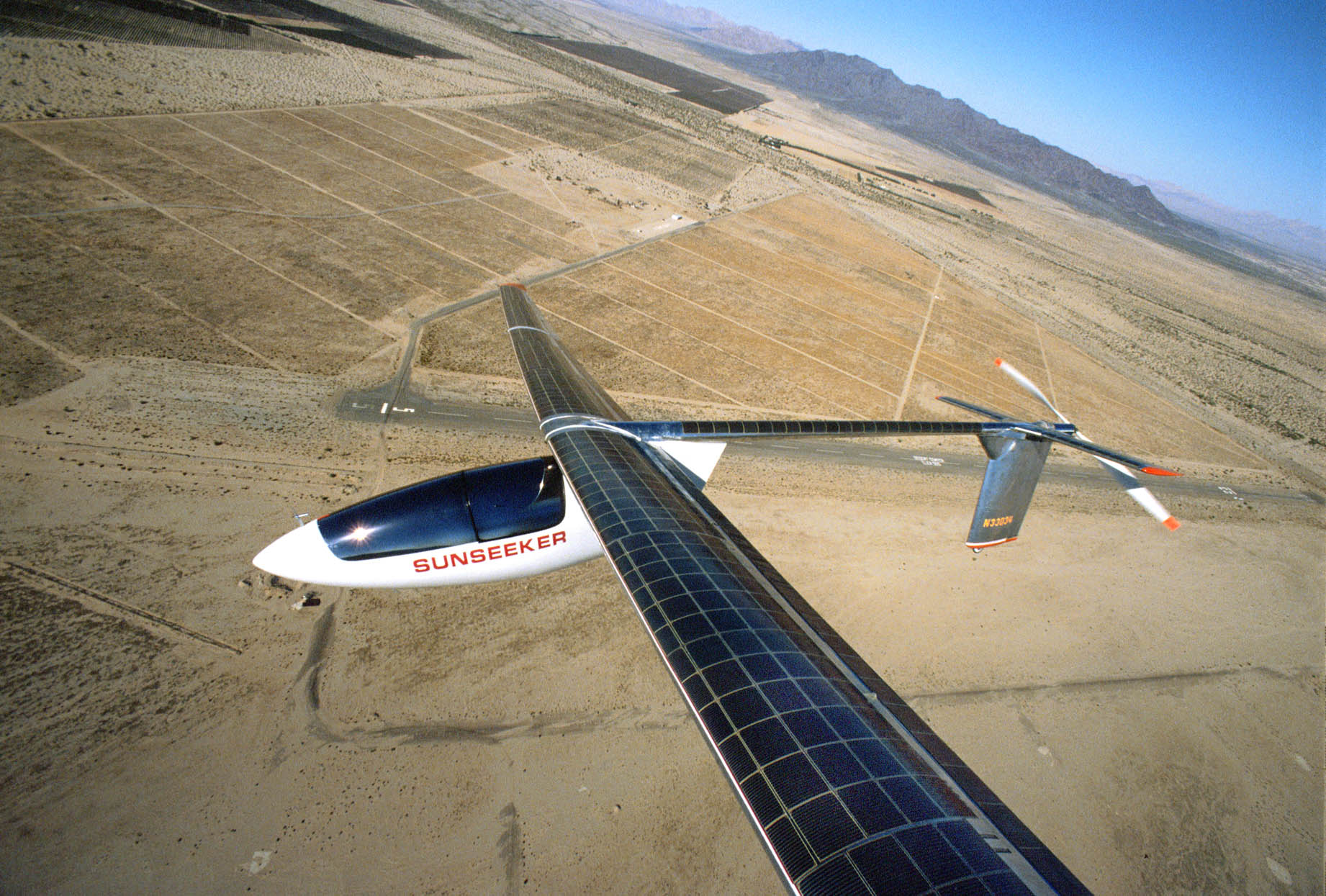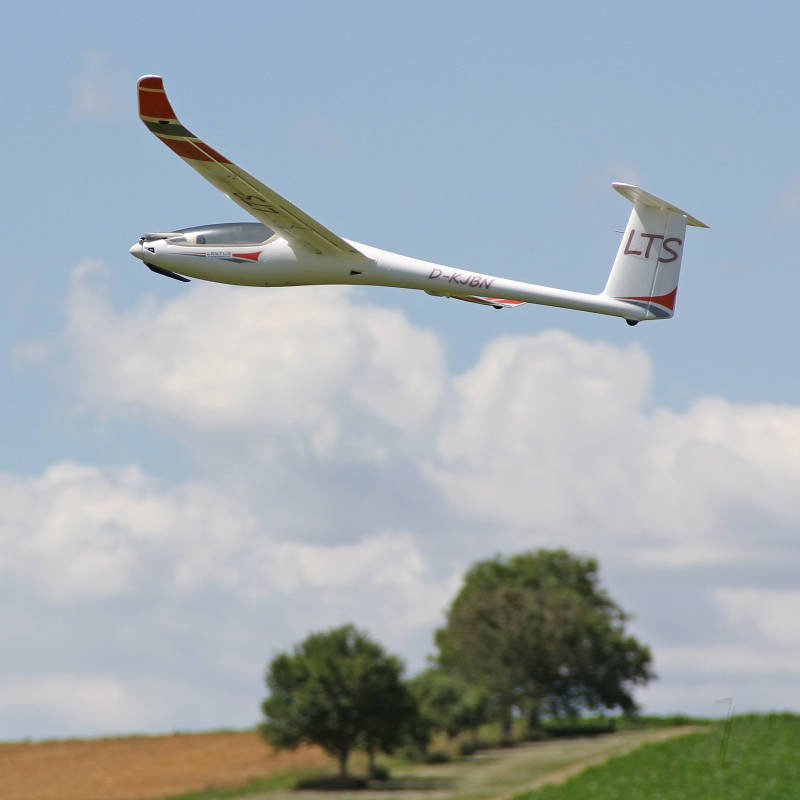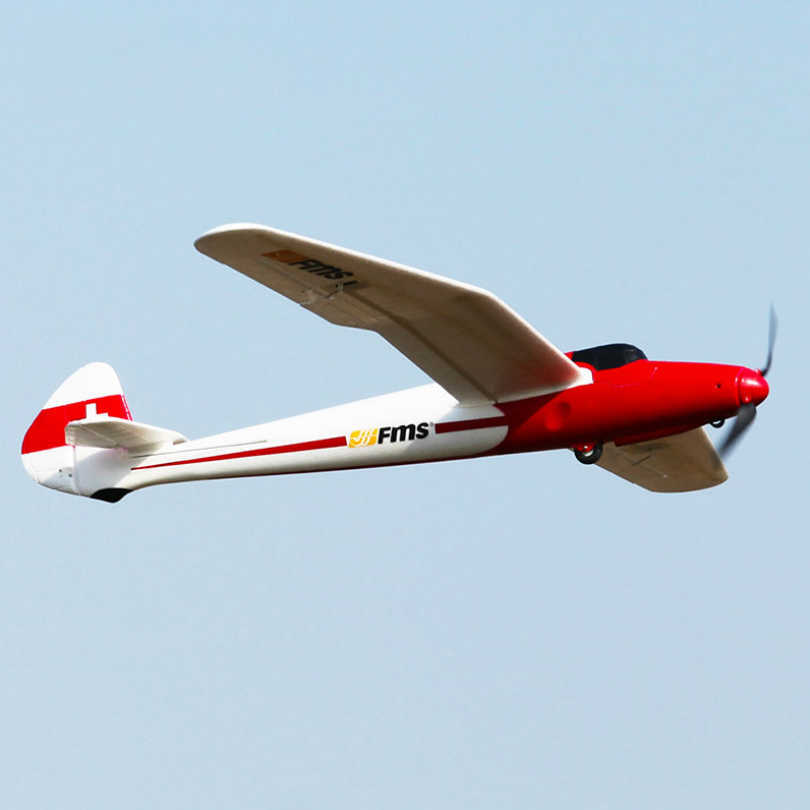

In gliding, situational awareness is everything. For beginners, the ability to focus on learning flight fundamentals without the noise and complexity of an engine makes early training less intimidating. Without an engine to manage, gliding strips flying back to its fundamentals. The cost benefits aside, there are many skills you gain from starting in gliders. The hours you gain from your gliding all count to your total flying time. You must also gain an airman medical certificate. Once you have gained your private pilot certificate in gliders you may, if you wish, add a single-engined aircraft rating having met the additional skill requirements of the aircraft type. You must also pass both written and flight exams. Of those hours, two must be solo, with a minimum age requirement of 16-years. The experience requirements for the issue are a minimum 10 hours flight time, comprised of at least 20 flights.

Post solo, students may choose to pursue their Private Pilot – Glider certificate. Once solo as a student pilot, it is an FAA rule that an instructor endorses your logbook every 90-days reauthorizing solo flight. An average time to reach solo is between 10 to 12 hours, comprising 30 to 40 flights. This endorsement occurs once your instructor considers you have reached the required competency. An extra benefit of flying gliders is that an FAA medical certificate is not required.Īn FAA-Certified Flight Instructor for Gliders (CFIG) must endorse your student certificate to allow you to fly solo. This age limit compares favorably with the 16-years required to learn in powered aircraft. Prerequisites for certificate issue include the need for competently written and spoken English communication and a minimum age of 14-years. Related content: 80beats: Scientists Glean Secrets of Flight From Birds, Bats, and Bugs 80beats: Boeing’s “Phantom Eye” Joins the Roster of Unmanned Spy Planes 8obeats: DARPA Loses Contact with Mach 20 “Hypersonic Glider” During Test Flight 80beats: Flying the Sunny Skies: Solar-Powered Plane Completes 2-Hour Test Flight Image: Courtesy of Jason Dorfman (MIT/CSAIL).The FAA requires those undergoing flight training to get a student pilot certificate before their first solo. They also plan to explore the use of flapping wing vehicles as well as more typical propeller driven aircraft.

The researchers say they are continuing the research and will next be moving outside into real-world conditions. With more research, they might also make craft that use other bird strategies. Though they don't predict a passenger plane landing like this anytime soon, they think the technique might prove useful for flying robots that could perch and recharge their batteries on a power line. They launched the 90-gram craft from 12 feet away from its landing wire, in winds between 13 and 19 miles per hour. Cory and Tedrake also developed a set of error-correction controls that could nudge the glider back onto its trajectory when location sensors determined that it had deviated from it.
#Glider plane how to#
The program predetermined the best flight paths to bring the glider to a safe landing, and also how to correct or switch courses if it veered too far off the path.įor a range of launch conditions, they used the model to calculate sequences of instructions intended to guide the glider to its perch. Tedrake and Cory developed a computer program to control the glider with a steering motor attached to its tail. But MIT researchers wanted to take advantage of stall-specifically, post-stall drag-to help a plane come to a controlled landing. If an airplane pointed its wings up in this way, it would lose lift and fall out of the sky. This creates turbulence and large, unpredictable whirlwinds behind the wings. īirds come to a stop by tilting their wings back at sharp angles. Traditional planes don't use this method to land because the airflow is chaotic (see smoke visualization above) making it hard to predict how the plane will behave. When its wings tilt back, the plane loses lift and falls from the sky. The principle behind the plane's stop is the same one used by stunt planes-stall. Russ Tedrake of MIT's Computer Science and Artificial Intelligence Laboratory and his student Rick Cory developed the computer model to bring a basic foam glider to a unique landing.


 0 kommentar(er)
0 kommentar(er)
